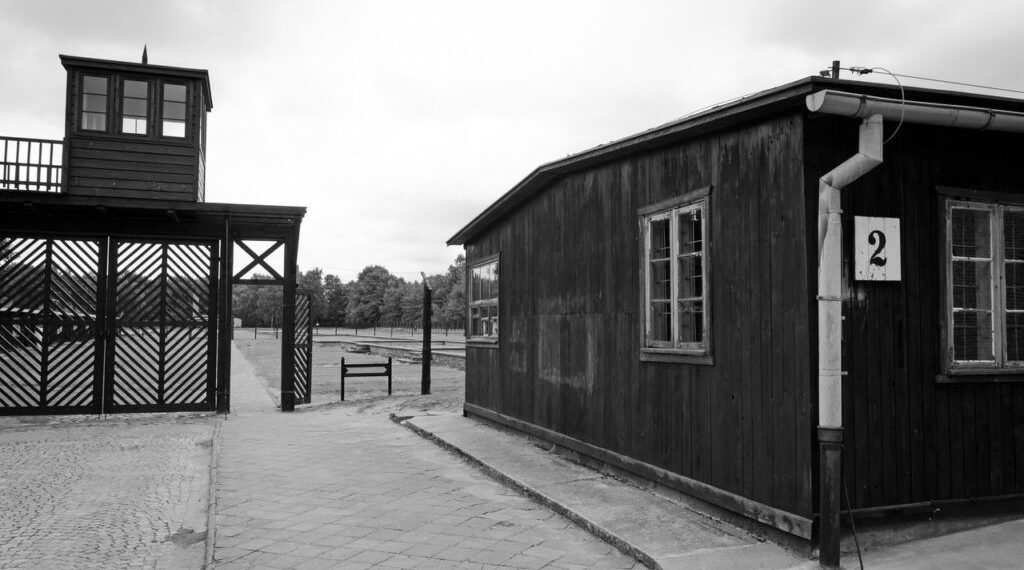Contents
A visit to Stutthof Concentration Camp is not just a tour; it is a powerful journey into history. Located near the town of Sztutowo in northern Poland, Stutthof was the first Nazi concentration camp built outside of Germany. During World War II, it became a place of unimaginable suffering and death for thousands of prisoners. Today, Stutthof stands as a memorial and museum, reminding us of the atrocities committed during this dark period of human history. Join us on a tour of Stutthof and discover the stories of resilience, courage, and survival.
The History of Stutthof Concentration Camp
Stutthof Concentration Camp was established by the Nazi regime on September 2, 1939, just weeks after the outbreak of World War II. Initially used to detain Polish political prisoners, it soon became a place of terror for people from all walks of life. Over the course of its existence, Stutthof held over 110,000 prisoners from 26 countries, including Jews, Poles, Russians, and others.
Conditions at Stutthof
Life at Stutthof was characterized by extreme hardship and cruelty. Prisoners were subjected to forced labor, malnutrition, and brutal treatment by the SS guards. The camp was overcrowded, with inadequate sanitary facilities and insufficient food rations. Disease and epidemics were rampant, causing the deaths of thousands of inmates.
Executions and Experiments
Stutthof was also a site of mass executions and medical experiments. Many prisoners were subjected to inhumane medical procedures, such as sterilization experiments and the testing of new drugs. The SS carried out numerous mass shootings and hangings, aiming to intimidate and eliminate resistance.
Visiting Stutthof Concentration Camp
At the heart of the Stutthof Museum are its meticulously curated exhibitions. These displays aim to provide a comprehensive understanding of the camp’s history and the lives of its inmates. Through a collection of poignant photographs, personal artifacts, and revealing documents, visitors are offered a glimpse into the daily realities of those imprisoned in Stutthof. The sheer scale of the atrocities committed within its walls becomes palpable as one navigates through these exhibits.
For those seeking a more in-depth exploration, guided tours are available. Led by knowledgeable guides, these tours delve deeper into the stories behind the exhibits, shedding light on the broader context of the camp’s existence and its role during the dark times it operated.
A Place of Reflection: The Memorial Site
Beyond the museum lies the Stutthof memorial site, a space dedicated to remembrance and introspection. Here, the original structures of the camp, including the barracks where prisoners were housed, the chilling crematorium, and the ominous gas chamber, have been preserved. These structures stand as silent witnesses to the terror that once reigned within the camp’s confines.
As visitors traverse the camp grounds, they are encouraged to take a moment to pay homage to the countless souls who suffered and perished here. The memorial site serves as a poignant reminder of the devastating consequences of unchecked hatred and prejudice. It beckons visitors to reflect on the importance of tolerance, understanding, and the shared humanity that binds us all.
In conclusion, a visit to Stutthof is more than just a historical excursion; it’s a journey into the human soul, challenging each visitor to confront the past and commit to a future of compassion and understanding.
Stutthof Tours: A Journey of Remembrance
Stutthof tours offer a comprehensive and educational experience for visitors. By joining a guided tour, you will have the opportunity to learn from knowledgeable guides who can provide historical context and personal stories of the camp’s survivors. The tours ensure a respectful and informative visit, allowing visitors to engage with the history of Stutthof in a meaningful way.
The Importance of Remembering
Stutthof tours play a crucial role in preserving the memory of the victims and educating future generations about the Holocaust. By visiting the camp and engaging with its history, we honor the victims and ensure that their stories are never forgotten. Through remembrance, we strive to create a world free from hatred and discrimination.
Creating Awareness
Stutthof tours also contribute to raising awareness about the Holocaust and the atrocities committed during World War II. By sharing the stories and lessons learned from Stutthof, we can work towards preventing similar atrocities from happening again. Education and understanding are key in building a more tolerant and compassionate society.
Conclusion:
Embarking on a tour to Stutthof Concentration Camp is not just a mere visit to a historical site; it’s a profound journey into the annals of human history, where the darkest and most harrowing chapters come to life. This experience serves as a stark reminder of the depths to which humanity can sink when empathy, tolerance, and respect are cast aside. The haunting remnants of the camp and the stories of its inmates challenge every visitor to confront the grim realities of our past.
However, the significance of a visit to Stutthof goes beyond mere confrontation with history. It is also an opportunity for introspection and reflection. By walking the grounds of Stutthof, we are not just passive observers; we actively participate in the preservation of memories that must never fade. Every step taken, every exhibit viewed, and every story heard is a testament to our collective commitment to ensuring that such horrors are never repeated.
